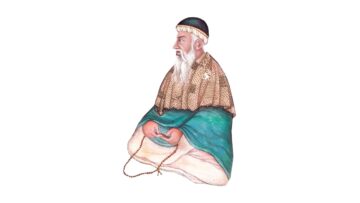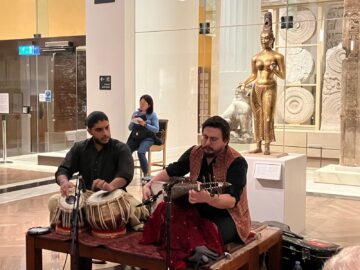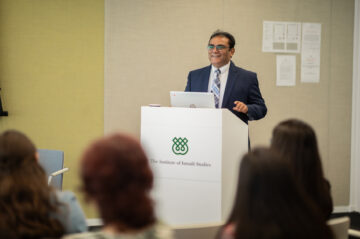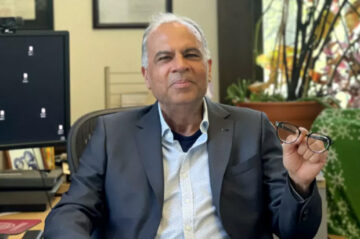Dr Nejad seeks a deeper understanding of the Ashura ritual and its spatial dimensions, by explaining the evolution of rituals throughout Shi‘i history as dependent on socio-political changes. In his paper, he shows how society and space interact with each other through rituals.
The Ashura ritual on the 10th day of Muharram is a tradition amongst most Shi‘i communities of mourning the death of Imam Husayn and his followers at Karbala in 680 CE. It has been considered the most significant socio-cultural practice in Persian cities since the Safavid era in the 16th century when Twelver Shi‘ism became the official state religion in Persia. Dr Nejad noted that Ashura rituals have taken place amongst Shi‘i communities since the 7th century CE.
In times of political repression, these rituals contracted and were only observed in private households. However, during times when the state support was offered to Shi‘i communities, rituals underwent a spatial expansion into the public realm. They became very public, ritualised processions interacting with the urban space. Dr Nejad calls these spatial expansions and contractions ‘spatial evolutions’.
During times of expansion, various rituals such as ta‘zyeh, or religious epic theatre, caused the emergence of new building types such as the Husseiniye and the tek’ye. Performances of ta‘zyeh are given by professional and amateur troupes who stage the death of Imam Husayn and the events leading up to it. The community gathers to watch the performance and it is often accompanied by communal mourning ceremonies.
The enactment process of a historical event manifests itself in shaping the present in certain ways, resonating with the mourners’ experiences. The ceremony is a combination of people and landscape to produce a symbolic spatial awareness.
Dr Nejad does not give a historical description of the evolution of Ashura rituals but an analysis of their spatial genealogy, showing how ritual processions move through Iranian urban spaces where Ithna ‘ashari or Twelver Shi‘i Muslims predominate. He argues that Iranian Modernisation from the 1920s to the 1960s has brought significant changes to the Ashura ritual. This is due to the transformation in the spatial organisation by the rite of urban passage.
Dr Reza Masoudi Nejad is an architect and urban morphologist who completed his MSc in architecture at the University of Tehran in 1996 and his MSc in the Built Environment at the Bartlett UCL in 2003.






